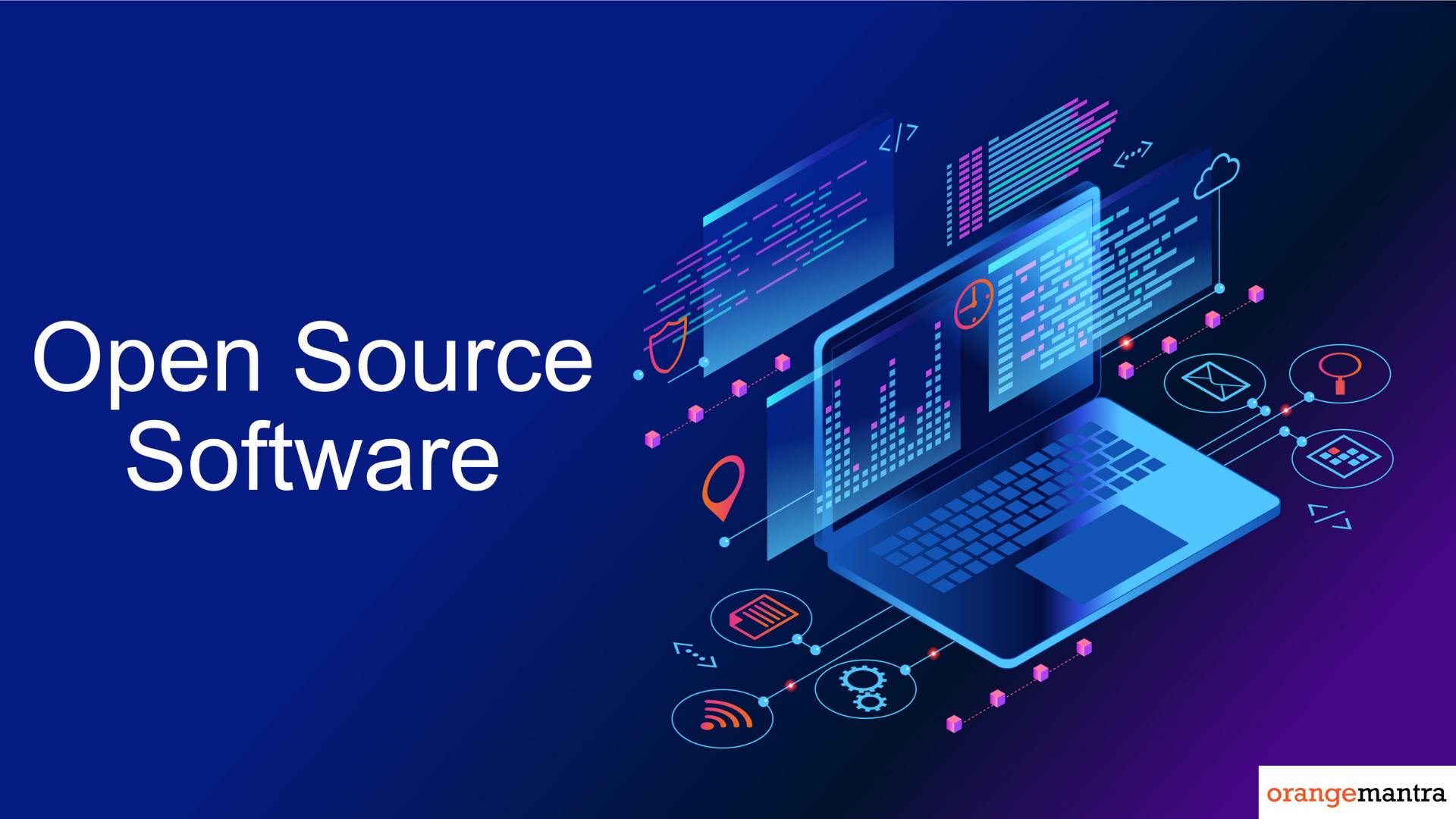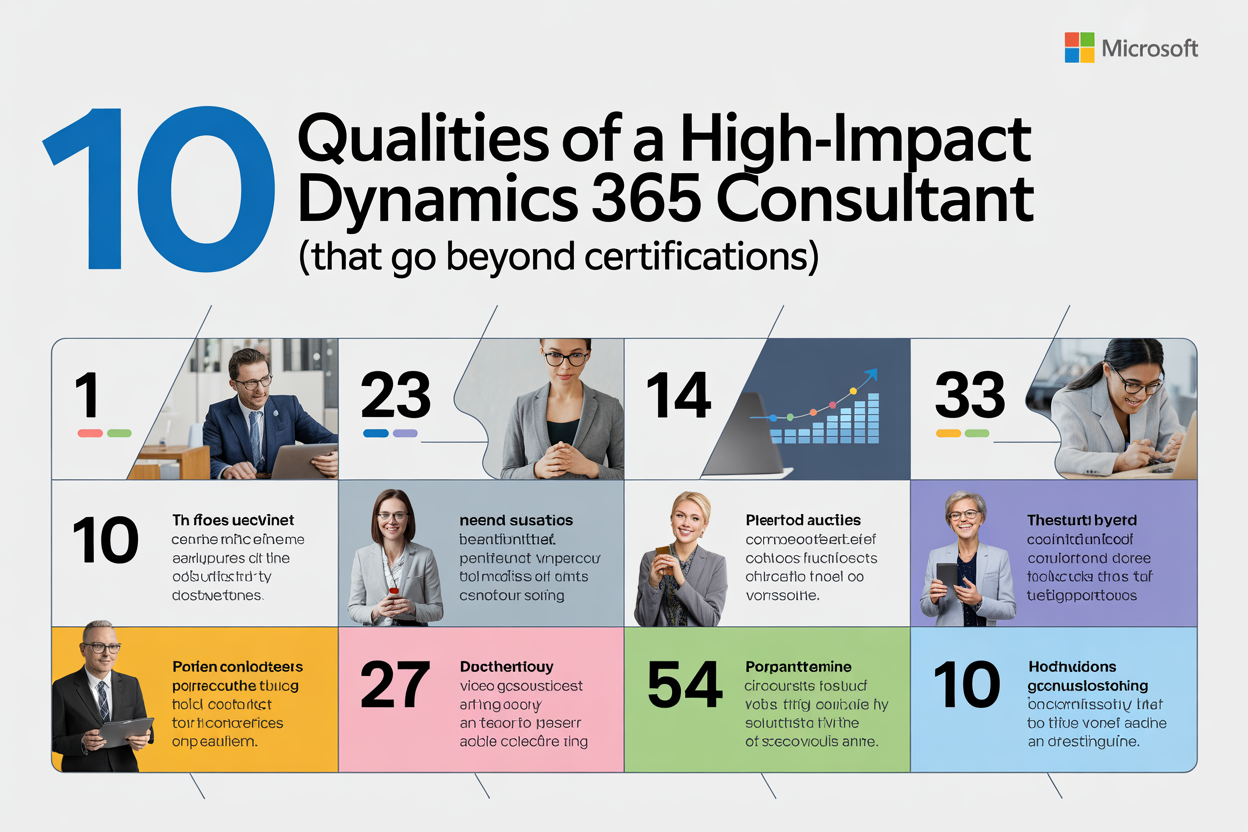The world is increasingly evolving into a highly proprietary environment, especially in the digital landscape controlled by Technology. Technological giants provide all the necessary software and solutions for businesses. Thus, many businesses are looking for open–source alternatives. In fact, open-source software has gained popularity among users and is well-recognized thanks to several benefits. These include openness and reusability which is tossed from a technology point of view. Nevertheless, among all the important factors of the Open Source platform, the one which is responsible for its success most of all is the integration of different communities around each particular project.
Open-source software development accommodates all the processes and growth based on collaborations and community involvement. Nevertheless, the codebase is usually the most significant component, but it is the people who really give it a life. Through this comprehensive article, we will explore the importance of community in open-source development, highlighting how it spearheads collaboration, fosters innovation, and consequently secures the long-term survival of projects.
Importance of Community In Open Source Development
Here we will explore different key components through which you can easily understand the Importance of Community in open-source development:
1. Building Participation and Creating a Sphere of Shared Knowledge
Open-source development is primarily powered by community volunteers all around the world. It connects people from different parts of the world who come together and contribute mutually from each other’s knowledge, perspectives, and viewpoints to bring forward a project. People can work together by applying the power of the collective in their own capacity, in processing the difficult issues and giving rise to software that is highly reliable, stable, and innovative. Websites such as Open Source Collection are the best examples of community participation in open source.
In short, open source community play is an irreplaceable knowledge-transferring platform where learning from others and exchanging previous know-how are the inherent features and extending one’s skill set is the traceable sign.
2. Driving Innovation Through Diversity
The proof that diversity is a critical component of thriving open-source communities has been fully established. The notable contributions of hundreds of talented individuals from varied backgrounds, cultures, and skills help to unleash the pent-up power of multitudes of diverse perspectives and resources. Due to this blend of views, ideas broaden and there is creative energy which spurs the discovery of new ways to look at things, do things, and solve issues.
Diverse communities promote the necessary conditions for risk-taking, imagination and exploration that ultimately lead to creative breakthroughs. In otherwise uniform frameworks, these innovations would come forth, however. Eventually, diversity catalyzes innovation as it renders assumptions untenable, enables the crossing of borders, and makes unthinkable things possible.
3. Provide security
Security is the essence of everything software-based, and open source is of course no exception – there security is even more critical to the open source due to its public availability. While quickly, it is essential to have avenues that will address an issue and provide a solution. Here, the fame of the project is the very cause of its success on some occasions. This is just the same as with the most popular open-source CMS, WordPress. Whereas it isn’t a security issue in itself, its prevalence leads to more vectors of attack due to the number of websites reaching even a percentage of this attack becoming a success.
Although popularity can act negatively towards a project, a big community has better respond to problems like this. They provide timely security advisories, which contain the then recommended solutions/workarounds plus additional data on how the issue was resolved to update the community – in the real sense; this is a true case of a community way of solving community problems.
4. Enabling Rapid Iteration and Continuous Improvement
The model of open source thereby becomes a signal of prompt response and sustained process optimization. Projects develop for a long time as they might bring release or update after the recommendations and donations using community channels.
Development processes, namely iterative production, continuous integration, and test-driven development, are the practices widely referred to within the open source community and teams within it can respond quickly to changing requirements and deliver user experience efficiently. The resistance and collaborative nature of open source development foster a learning environment where feedback is welcome and faults are perceived to be the doorway to growth.
5. Building Trust and Sustainability
In the good old days, strong communities were laying on the back of faith in each other, transparency, and shared morals. In open source development, trust is the basis for the formation of the collaborative internship, invitation of experts to the project, and reproduction of projects.
Transparent governance patterns, procedural openness, and specific communication channels may be the basis for gaining trust inside the open source community. In addition, co-ownership of projects guarantees that maintenance-operating-and-evolution should be performed collectively amongst different stakeholders, instead of a state of abandoning the task and thereafter encouraging development into the future.
6. Cultivating a Culture of Inclusivity and Empowerment
Open source projects which exist around many powerful communities are mostly highly successful and popular. Open source communities are engaged in activities aimed at the development of a culture that is encouraging and allows all individuals, regardless of their backgrounds, to be members of the community and feel respected and appreciated for their contribution.
By expressing that different perspectives and backgrounds are welcomed and seen as an advantage, open-source projects could gain from a bigger talent base, and reach higher creativity and innovation levels. Additionally, granting contributors the opportunity to take responsibility for their individual projects, enrich them, and even lead activities involved in the community could create belongingness and a sense of belonging.
7. Get More Connections
This part partly combines the promotion of innovation diversity and inclusivity below. We have decided to treat it on its own as an innate human feature. In reality, our brainy nature of humans and the ability to form complex relationships is one of the best chances which make us advance as a species. For instance, when we work together, we often achieve more than when we are alone. When we see cooperation, the collaboration is usually greater than the sum of its parts.
On the other hand, there is a scientific fact that authentic contact among humans directly correlates with their welfare and productivity. Not only does it give less chance to have a burnout but it plays the role of overall health of the body(the significance of which has been shown by the events which happened in the past years). The discontinuation of the technological conferences by COVID has hurt the capacity of people to interact face-to-face however improved technology enhancement allows us to connect and collaborate remotely at a higher level than ever before.
Wrap Up
The community serves the essence of open source development by supporting collaboration, innovation, and sustainability for a broad spectrum of projects and initiatives. Open source communities place importance on the principles of transparency, inclusivity, and shared ownership therefore empowering individuals and facilitating coming together to share knowledge and build software that can benefit all. As open-source projects look ahead, the significance of the communal efforts in developing those projects can hardly be exaggerated; this way of thinking and doing is likely to have a great impact on the progress made in technology for decades to come.
Sign up for our Daily newsletter
We'll be in your inbox every morning Monday-Saturday with all the day’s top business news, inspiring stories, best advice and reporting from Entrepreneur,


